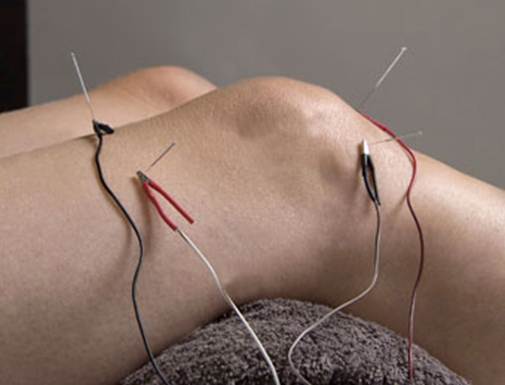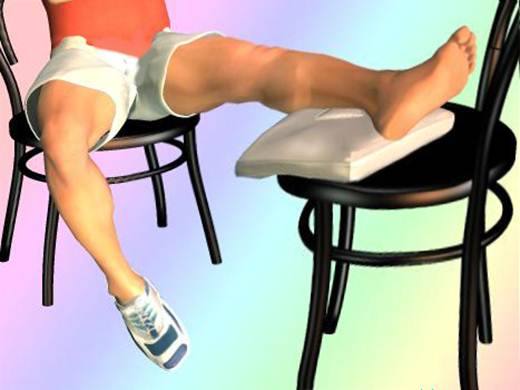Feel no pain!
Lower-back pain … Try yoga
Activities such as running, cycling and
golf put pressure on the spine, which can exacerbate backaches. For relief, hit
the mat. In one study published in Archives of Internal Medicine, 60 percent of
people who practised yoga for 75 minutes weekly reported less lower back pain
after three months. Get the benefits at home by downloading a workout from
liveyogalife.com (about $10 per workout).

Muscle cramps … try a new breakfast
Dehydration often causes leg cramps and
side stitches, but poor circulation and a slow digestive system are culprits
too. To prevent spasms, top cereal with a teaspoon of cinnamon, a tablespoon of
ground flaxseed and half a cup of skim milk, advises Susan Kleiner, a nutrition
expert and SHAPE advisory board member. "Cinnamon opens blood vessels,
flaxseed moves food through the intestines and milk replenishes
electrolytes," Kleiner says.
Blisters … try herbs
Applying petroleum jelly limits friction,
but it won't repair the tissue. "Instead, rub calendula (a medicinal
flower) ointment on the area, then cover with a clean, dry bandage," says
herbalist Amanda McQuade Crawford. "The salve's antimicrobial properties
reduce inflammation and speed healing."
Swimmer’s ear … Try white vinegar
This poolside infection occurs when excess
moisture and too little wax throw off the ear's pH balance, allowing bacteria to
colonise. To kill the germs use a dropper to place 0.25 millilitres of body
temperature white vinegar (rubbing alcohol works, too) in your ear. Repeat
twice a day for 48 hours.
Runner's knee … Try acupuncture
Swap the ibuprofen for needles.
"Acupuncture increases levels of hormones such as serotonin, cortisol and
endorphins in the blood, which reduces inflammation and lessens pain,"
says acupuncturist Ausra Kaminskas. Expect results in one to four sessions.
Visit acupuncture.org.au to find a local practitioner.

Feed for speed
To pick up your pace, pump up the iron. In
a recent Cornell University study, women who had low levels of iron in their
blood (but weren't technically anaemia) rowed more slowly than athletes with
healthy amounts of it.
"Aim to get 18 milligrams of iron
daily," says lead researcher Diane DellaValle. "Any less can decrease
your endurance and affect how efficiently your body uses energy." To
perform at your peak, incorporate iron-rich foods such as lentils (7mg per
cup), spinach (6.5mg per cup, cooked) and lean beef (6mg for 170g) into your
diet.
When foot cramps attack
A foot cramp that strikes suddenly during a
workout isn't just painful - it can impede performance.

The calf and foot are most vulnerable to
activity-induced spasms, but researchers aren't clear on what triggers these
twinges. One theory points to electrolyte imbalance (sodium and potassium) from
sweating and dehydration, while others suggest that muscle fatigue,
overexertion, lack of fitness and even genetics are to blame. Whatever the
cause, your best bets for prevention: guzzle plenty of liquids; eat well to get
the right balance of electrolytes; progress gradually when increasing the
duration or intensity of your workouts and stretch susceptible areas frequently
during your workout.